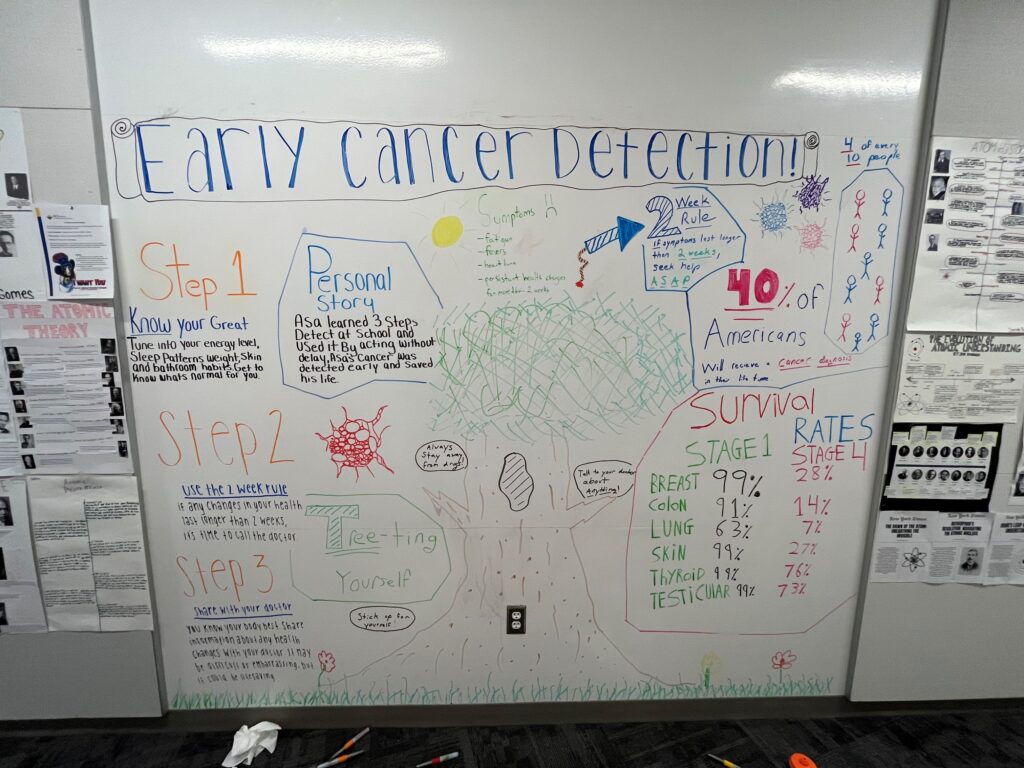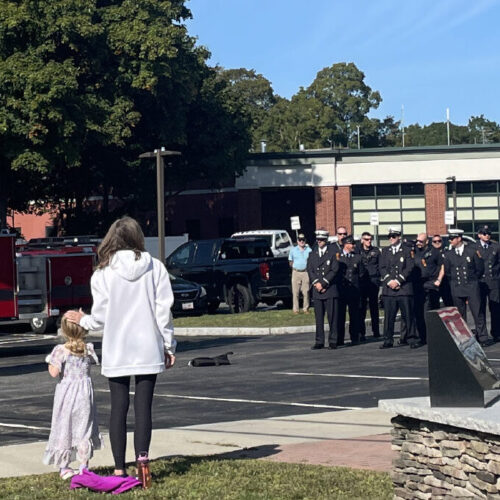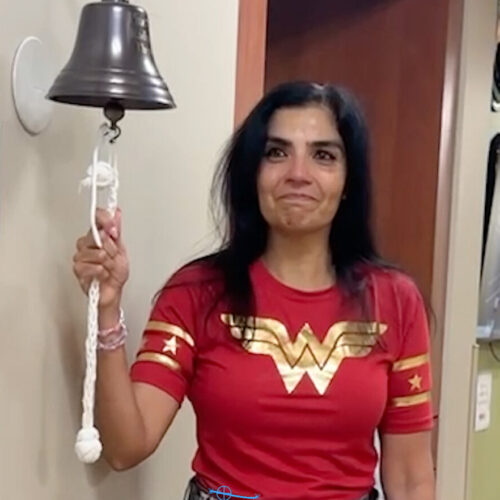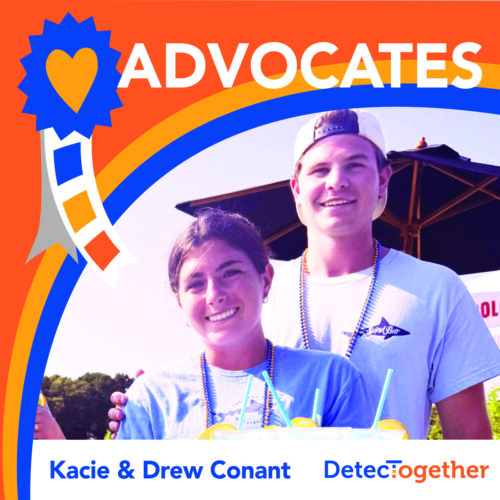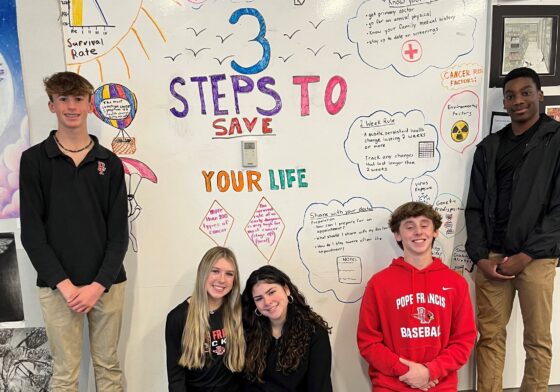
Health Educators: Early Detection Saves Lives, but How Do You Achieve it? The Answer is Self-Advocacy.
As Health Educators, we teach young people how to develop the skills to live a healthy life. This can be quite the task but one we are ready to tackle…together!
What we know is that young adults are facing a 30% rise in cancer diagnoses in the coming years. While risk reduction methods (eating healthy, avoiding tobacco & alcohol, getting enough exercise) can help, young adults also need to know how to get the medical care they need in a timely manner. We know that early detection saves lives…but how do we achieve it?
Young adults are not even eligible for most the CDC recommended screenings (colonoscopy, mammogram, lung CT scan, pap smear). The bulk of the responsibility for recognizing when subtle and persistent changes in health need attention lands squarely on the shoulders of the individual.
Bring 3 Steps Detect to your classroom to help your students understand and activate their role as an active partner in their healthcare. With 50% of young adults reporting that they do not have a primary care provider, it is so important to help them understand the importance of establishing their medical care team, even if they feel healthy today.
Take a look at how 3 Steps Detect aligns with the National Health Education Standards and sign up for access to the curriculum.
Standard 7: Demonstrate practices and behaviors to support health and well-being of self and others.
7.12.1 Evaluate practices, behaviors, and other factors supporting individual and collective health and well-being.
“Knowing information that could save your life someday, is the most valuable information you can get.” Student – Worcester Academy, MA
“Easy and helpful steps. Made me start to think about symptoms I might have and the confidence to have an action plan.” Student – Worcester Academy, MA
Standard 8: Advocate to promote health and well-being of self and others.
8.12.2 Advocate for health issues either collaboratively or individually to promote health and well-being.
Be sure to read the other parts of the series:
Part One: NEW National Health Education Standards Alignment with DetecTogether Program for the High School Classroom
Part Two: Health Educators CAN Change the Future through Early Cancer Detection Education




